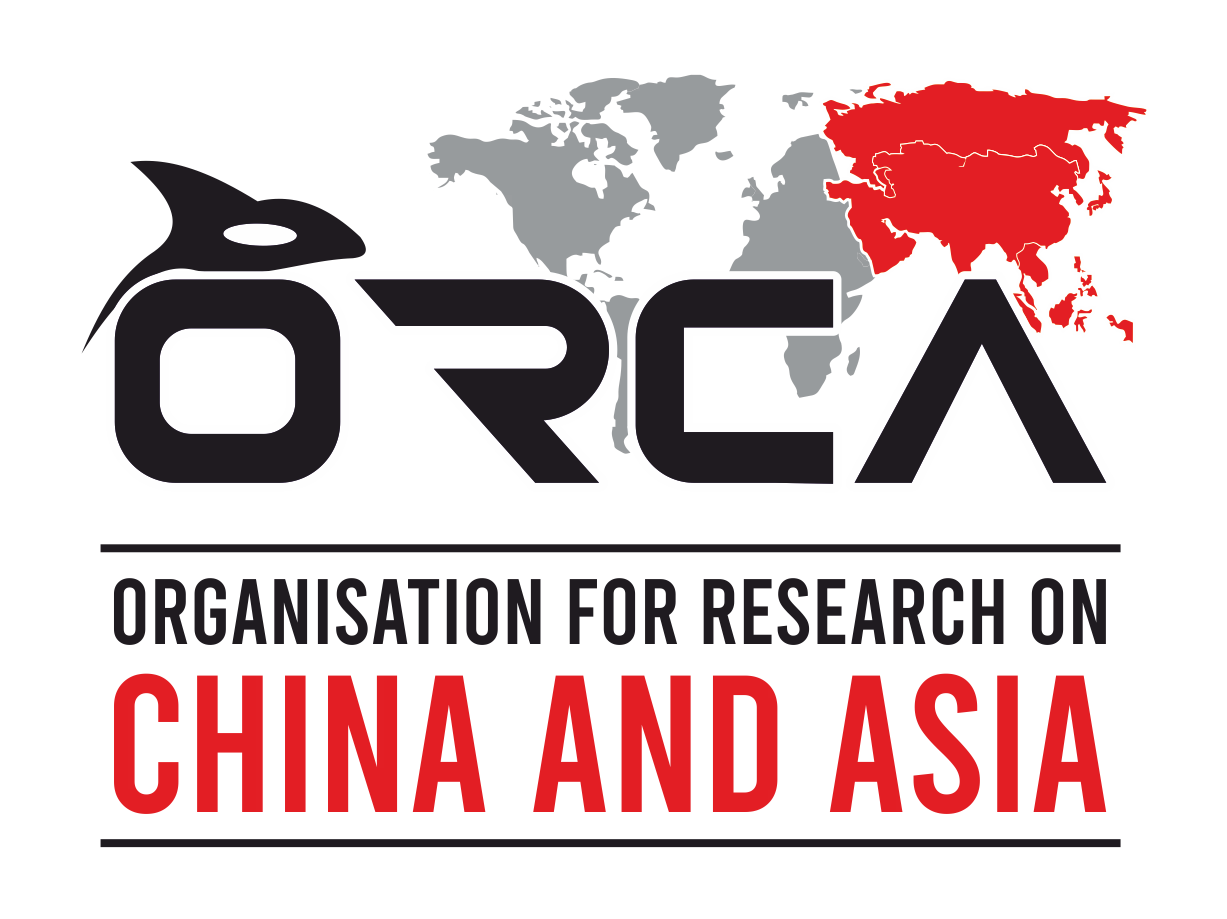NEWS IN CHINA
- Democracy and Rule of Law Strengthen China’s Path to High-Quality Development: As China’s 14th Five-Year Plan draws to a close, the country’s focus on advancing democracy and the rule of law has laid a solid foundation for sustainable and inclusive growth. The principles of whole-process people’s democracy and comprehensive rule of law have been integrated into national governance and economic planning. Public participation has become more extensive, with the online consultation for the 15th Five-Year Plan receiving over 3.11 million suggestions, reflecting the vitality of participatory governance. The CPPCC has held 49 consultation meetings and submitted over 6,000 proposals to enhance modernization and industrial transformation. The enactment of the Private Economy Promotion Law and reforms in the legal system have strengthened business confidence and protected enterprise rights. From local democratic consultations in rural Zhejiang to national legislative reforms, democracy and the rule of law are seen as key engines driving high-quality development and safeguarding long-term stability as China moves toward its 15th Five-Year Plan.
- China’s Key Party Meeting to Shape 15th Five-Year Plan and Future Development Goals: Chinese leaders will convene from Monday to Thursday for the Fourth Plenary Session of the 20th Central Committee of the Communist Party of China (CPC), a pivotal meeting that will shape the nation’s 15th Five-Year Plan (2026–2030). The session will review proposals for national economic and social development, setting the stage for policies to be approved by the National People’s Congress next March. The five-year plans, a hallmark of CPC governance since 1953, have guided China’s rise from poverty to becoming the world’s second-largest economy. Experts note that the upcoming plan carries exceptional importance, as it will define China’s path toward “basic socialist modernization” by 2035. The 15th Plan is expected to emphasize high-quality, innovation-driven growth, industrial modernization, and scientific advancement. It will also address risk prevention, reform targets, and global uncertainties. Analysts say the plan will reflect China’s evolving priorities balancing economic resilience, technological independence, and sustainable development amid shifting global dynamics.
- Wuhan Symposium Marks 80 Years of UN, Reaffirms Significance of UNGA Resolution 2758: A symposium held in Wuhan marked the 80th anniversary of the United Nations, emphasizing the enduring significance of UN General Assembly Resolution 2758 the cornerstone that recognizes the People's Republic of China as the sole legitimate representative of China. Miguel de Serpa Soares, former UN Under-Secretary-General for Legal Affairs, underscored that no review of the UN’s 80-year history is complete without acknowledging China’s pivotal role in shaping multilateralism. Since its seat was restored in 1971, China has transformed into a key pillar of the UN system, contributing to global governance reform, South-South cooperation, and sustainable development.bBritish scholar Anthony Carty highlighted that the U.S.’s 1949 refusal to recognize China’s sovereignty over Taiwan violated international law, citing the Cairo Declaration and Potsdam Proclamation. He argued that current tensions in the Taiwan Strait stem from this historical inconsistency. Fudan University’s Xin Qiang stressed that revisiting Resolution 2758 is crucial today to counter false narratives about Taiwan and reaffirm China’s irreversible path toward complete reunification.
- China's Digital Finance Revolution Reshaping Capital Markets: China’s push for financial digitalization is moving from technology-driven innovation to deep institutional reform, signaling a major transformation in how capital markets function, experts said at the 2025 Tongzhou Global Development Forum. Zhu Xiaoneng of the Shanghai University of Finance and Economics said digital assets and stablecoins will redefine the logic of market operations, similar to how mobile payments revolutionized daily life. He emphasized that tokenization turning physical assets like equities, bonds, and gold into digital tokens marks the new foundation of digital investment, with stablecoins injecting liquidity and trust into the ecosystem. Experts highlighted that blockchain’s transparency and immutability are rebuilding financial trust, making markets more inclusive and transparent. BBVA Research economist Xia Le noted that while stablecoins are gaining influence globally, they must be backed by strong regulation, suggesting Hong Kong could lead by developing a local stablecoin to enhance Web3.0 finance and cross-border efficiency. Scholars agreed that digital finance now drives China’s institutional reform, positioning its capital market for innovation-led, resilient growth.
- China Exposes Massive US Cyberattack Targeting “Beijing Time” System: China’s Ministry of State Security (MSS) has revealed a major cyberattack allegedly launched by the US National Security Agency (NSA) against the National Time Service Center (NTSC) in Xi’an, which manages the country’s “Beijing Time.” The attack, described as a state-level espionage operation, sought to steal data and disrupt China’s precision time system crucial for communications, finance, power grids, transport, and national defense. According to MSS, the NSA exploited a foreign phone vulnerability in March 2022 to hack NTSC employees’ devices and later infiltrated internal networks using stolen credentials. Between August 2023 and June 2024, the agency deployed 42 specialized cyber weapons to target the center’s systems, attempting to cripple its High-Accurate Ground-based Time Service System. Chinese authorities said they detected and monitored the operation early, securing evidence, cutting off attack chains, and preventing damage. MSS condemned Washington’s “cyber hegemony,” accusing the US of undermining global cybersecurity while hypocritically branding China as a threat.
SOCIAL MEDIA CHATTER
Former Flight Attendant Goes Viral in China After Quitting Job to Sell Sesame Balls: A recent viral story in China has reignited public debate over changing youth attitudes toward work, prestige and personal well-being. A 30-year-old former flight attendant from Ninghai, Zhejiang province, has attracted widespread attention after leaving her airline job to operate a small street food stall selling sesame balls and sticky rice. Citing physical exhaustion and a demanding schedule as key reasons for her departure, she noted that “being a flight attendant looks glamorous, but it was too tiring.” Working with her younger sister, she now reportedly earns up to 2,000 yuan (approximately USD 275) per day. The story quickly trended on Weibo under the hashtag “#94 flight attendant quits her job and earns up to 2000 yuan a day selling mahjong#,” garnering millions of views. Online reactions were telling. Many netizens praised her decision to trade a “prestigious” profession for greater personal autonomy, while others envied both her income and work-life balance. Comments emphasizing that “freedom is the real luxury” underscored a growing sentiment among young Chinese workers who increasingly view mental well-being and flexibility as more valuable than social status. This case has become emblematic of a broader shift in China’s labor landscape: younger cohorts are challenging traditional career hierarchies, opting for alternative livelihood models that prioritize personal agency over institutional prestige. The conversation also reflects underlying strains in the country’s service sector particularly burnout in high-pressure, customer-facing industries
INDIA WATCH
Guancha Highlights India’s “Irony” in Learning from China’s PL-15 Missile Technology: Chinese media Guancha analyzed India’s reported move to develop missiles based on China’s advanced PL-15 air-to-air missile technology, calling it a “strategic irony.” The outlet noted that despite India’s earlier claims that its Rafale jets had “defeated Chinese missiles,” New Delhi is now incorporating PL-15’s features into its Astra Mark-2 program after examining a recovered PL-15E missile from Punjab. According to Guancha, it exposes India’s “technological dependence” and signals China’s rising defense superiority. The author argued that while India tries to emulate the PL-15’s high-speed propellants, AESA radar, and anti-jamming systems, its defense industry still trails China by at least a decade. From the Indian perspective, defense analysts view the PL-15 study as a practical step toward strengthening indigenous systems rather than an admission of weakness. They emphasize that learning from adversaries is part of modern warfare evolution.


Prepared By
Lipun Kumar Sanbad
Lipun Kumar Sanbad, a postgraduate student of Politics and International Relations from Pondicherry University and a History and Political science graduate from University of Delhi. From the past three years working as a freelance researcher in the domain of global peace, conflict and security studies, and defence studies.